Introduction to the flavor and taste of Yunnan small-grain coffee varieties A brief introduction to the planting areas of fine coffee beans in Yunnan
Professional coffee knowledge exchange more coffee bean information please follow the coffee workshop (Wechat official account cafe_style)
For more boutique coffee beans, please add private Qianjie coffee on Wechat. WeChat account: qjcoffeex
With the continuous improvement of coffee cultivation and cultivation, as well as the continuous improvement of the quality of coffee beans, Yunnan small coffee beans, which were still regarded as the raw materials of instant coffee ten years ago, thanks to the efforts of researchers and growers, consumers' attitude towards Yunnan coffee has also gradually changed.
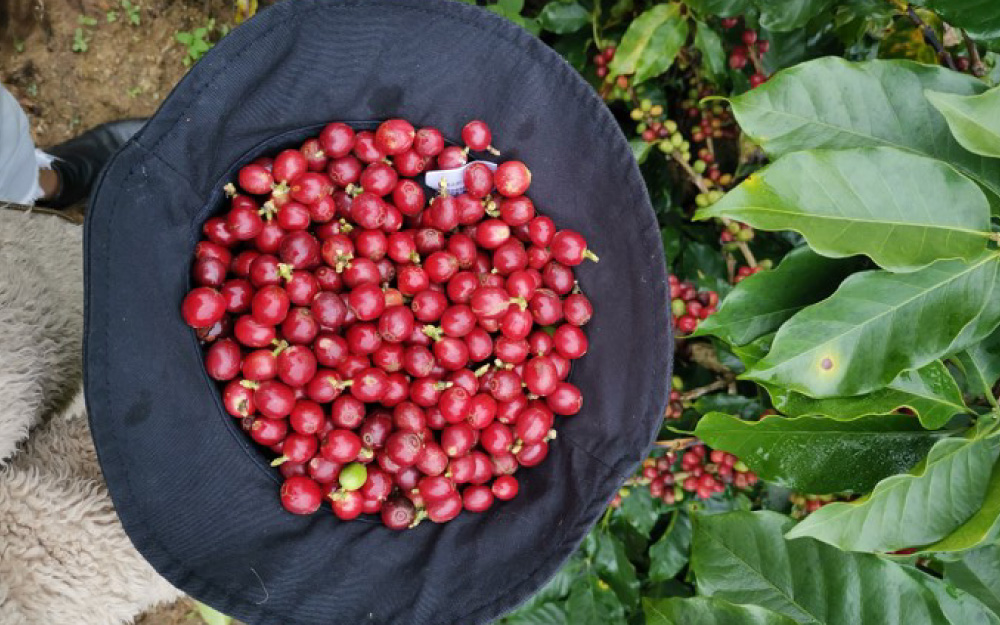
At present, the coffee beans grown in Yunnan are Arabica varieties (also known as small fruit / small seed coffee). Among them, the variety widely planted is Katim, followed by the variety of iron pickup. There are also some estates that grow a small number of bourbon and rose summer varieties themselves.
These Yunnan small-grain coffee planting areas are distributed in Pu'er City, Lincang City, Baoshan City, Dehong Prefecture, Nujiang Prefecture, Xishuangbanna Prefecture, Dali Prefecture, Diqing Prefecture and other states and cities. Among them, Yunnan small-grain coffee beans produced by Dehong, Baoshan, Pu'er and Lincang are the most famous.
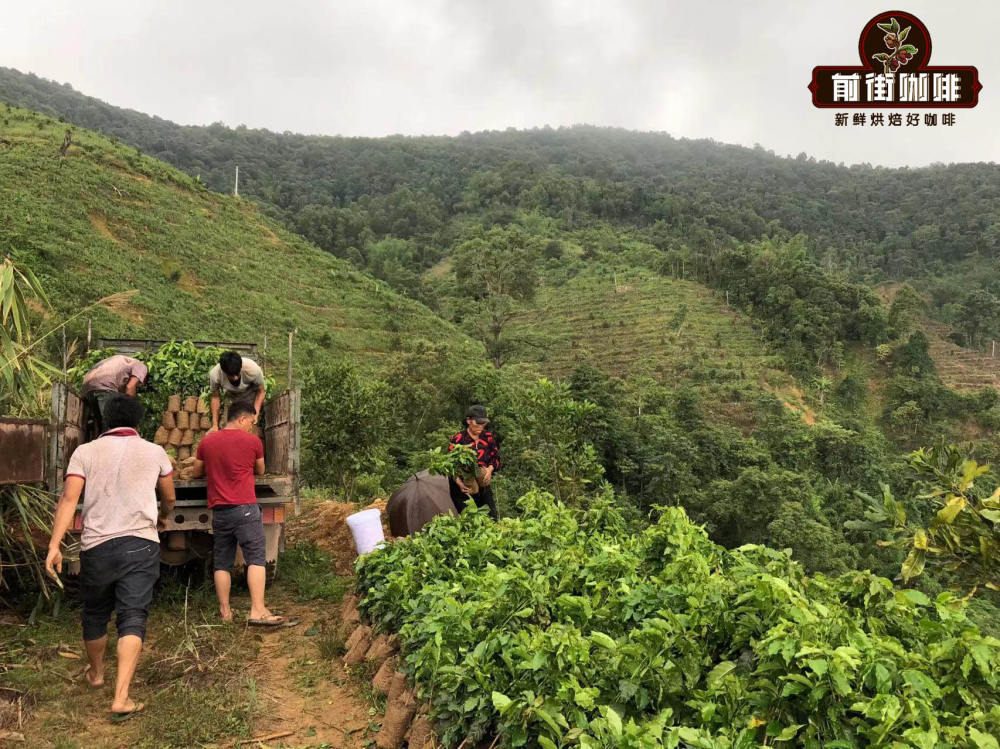
The beans in these areas are located in the west and south of Yunnan Province between latitude 15 °N and the Tropic of Cancer. At the same time, most areas also have high elevations needed to grow and produce coffee, and the topography is mainly mountainous and sloppy. And ups and downs, fertile soil, sufficient sunshine, rich rainfall, large temperature difference between day and night.
Pu'er
Tea village Pu'er has cultivated coffee for 150 years. At the end of 1990s, Pu'er City began to cultivate coffee as a dominant backbone industry to adjust the industrial structure and increase farmers' income.
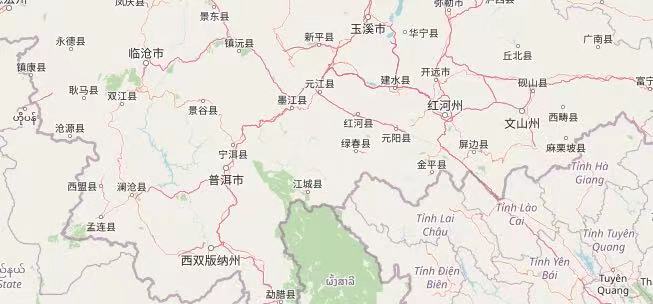
Due to the influence of the subtropical monsoon climate, most of Pu'er is frost-free all the year round, cold in winter and hot in summer. The average annual temperature in Pu'er is 15 to 20.3 degrees Celsius, the annual frost-free period is more than 315 days, and the annual rainfall is 1100 to 2780 mm.
Dehong
Dehong climate resources are also unique, the whole state is close to the Tropic of Cancer, the latitude is low, affected by the Indian Ocean southwest monsoon, belongs to the south subtropical monsoon climate. Coffee is planted at an altitude of more than 1000 meters, of which 30, 000 mu are planted in mountains above 1600 meters above sea level.
With the characteristics of no hot summer, abundant rainfall, hot and rainy at the same time, dry and cold in the same season, small annual temperature difference, large daily temperature difference, short frost period and few frost days, high altitude provides good growth and overwintering conditions for Arabica coffee trees.
"Baoshan"
The cultivation of coffee in Baoshan began in the mid-1950s, and the first coffee seedling was introduced by the late patriotic overseas Chinese Mr. Liang Jinshan in Southeast Asia. Baoshan belongs to the low-latitude mountain subtropical monsoon climate. Because it is located in the low-latitude plateau, coffee is planted at an altitude of 100-1500m. The climatic environment of small annual temperature difference, large daily temperature difference, abundant precipitation and distinct dry and wet has cultivated batch after batch of high-quality Yunnan small-grain coffee.
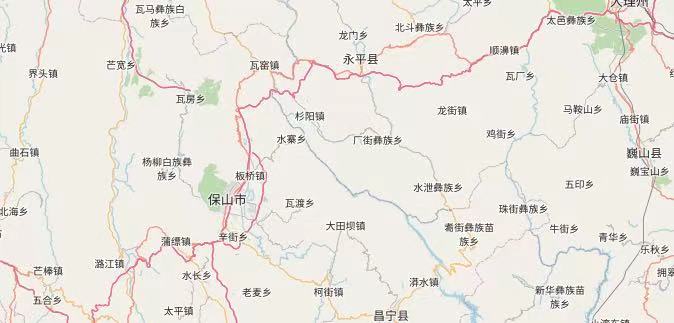
"Lincang"
Lincang City belongs to the subtropical low-latitude plateau monsoon climate, which is mainly affected by the warm and humid air flow in the Indian Ocean and the southwest monsoon. The distinction between the four seasons is not obvious, but the dry and rainy season is distinct, Rain Water is more, the sunshine time is long, and the frost period is short. Coffee is planted at 1000-1600m above sea level.
In 2013, Qianjie Coffee realized that good quality coffee could not do without variety, altitude and climate, so Lincang, near a mountain with an elevation of 1300m in Myanmar, set up its own coffee plantation belonging to Qianjie Coffee. And grow the oldest Arabica variety-iron pickup.
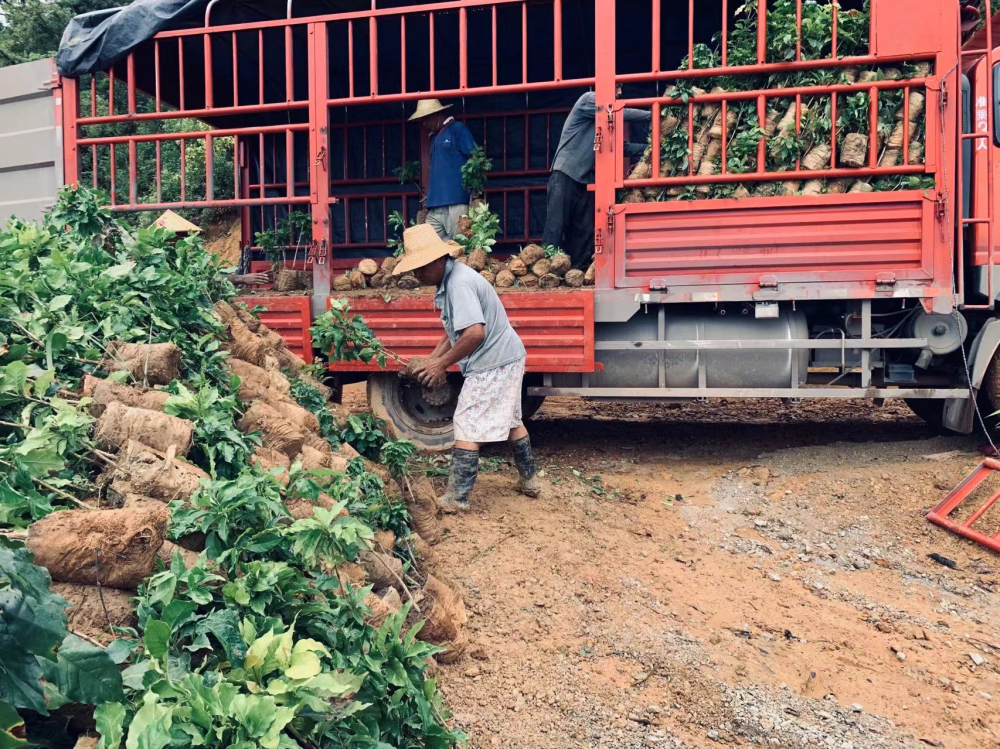
The difference between the iron pickup and the Katim variety is that the iron pickup, as one of the oldest coffee varieties, owns the gene of the pure Arabica variety, and because it has an elegant and clean flavor, it has always been recognized as a boutique coffee breed, but its disadvantage is its low yield.

The Katim breed is a coffee breed with Arabica and Robusta mixed blood. The advantages of this variety of coffee beans are high yield and low planting cost, but the flavor will be slightly poor and will have the taste of herbal medicine. But with the development of planting and processing technology, the performance of Yunnan Katim coffee beans is much better than before.

But the real boutique coffee, not only about processing and quality, the variety is also very important. Qianjie hopes that through the change from the origin of the variety, everyone can drink Yunnan small grains of coffee beans with more flavor and better quality. At present, these home-grown Yunnan iron pickup coffee beans can be bought in Qianjie flagship stores and Qianjie coffee stores.
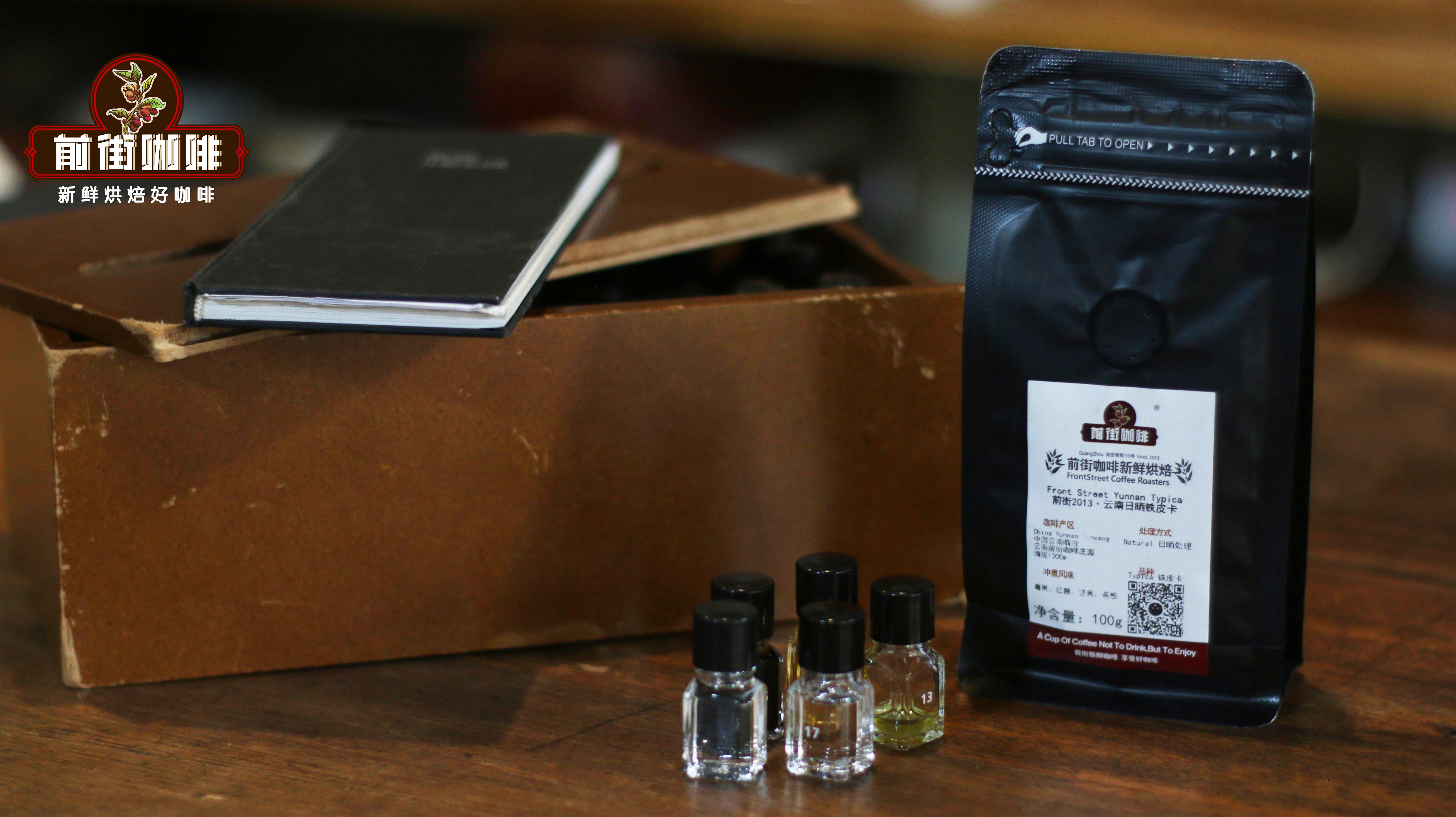
The Yunnan coffee currently sold in Qianjie is mainly from two coffee producing areas, Lincang and Baoshan. They respectively have their own "Qianjie 2013 Iron pickup Coffee beans", one is "selected rations beans-Yunnan Baoshan washed Katim coffee beans", and the other is "all red fruit sun-Katim coffee beans in Baoshan Lujiangba producing area".
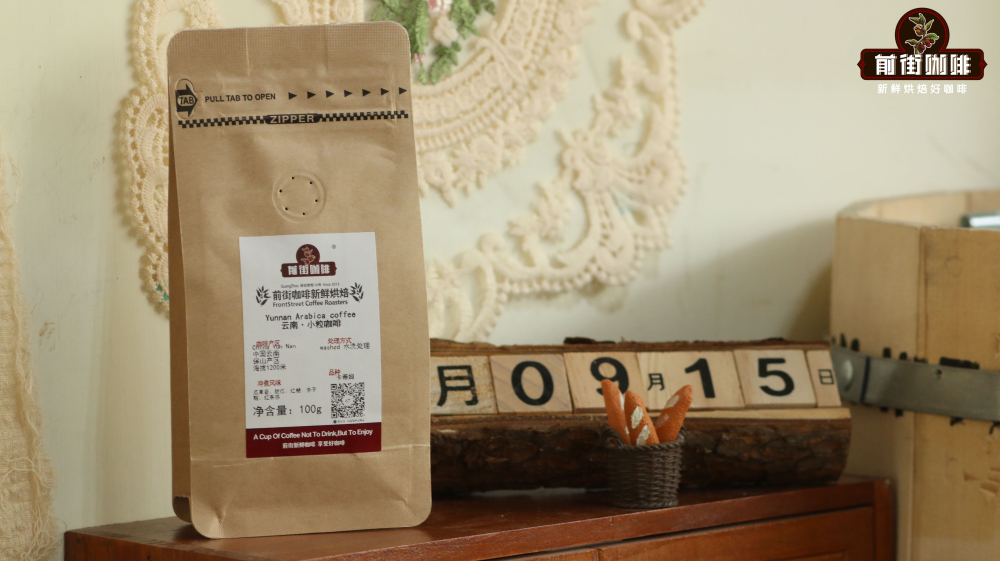
The flavor of Yunnan coffee is characterized by the flavor of nuts, caramel and plums, so Qianjie coffee is recommended to use trickle-filter extraction in a large proportion to make different flavors clearer by opening the concentration of coffee.
For brewing Yunnan coffee, it is recommended to use V60 filter cup, powder-water ratio at 1:15, medium grinding (about the size of coarse sugar / 75% screening rate of China 20 standard sieve), water temperature of 88-89 degrees.
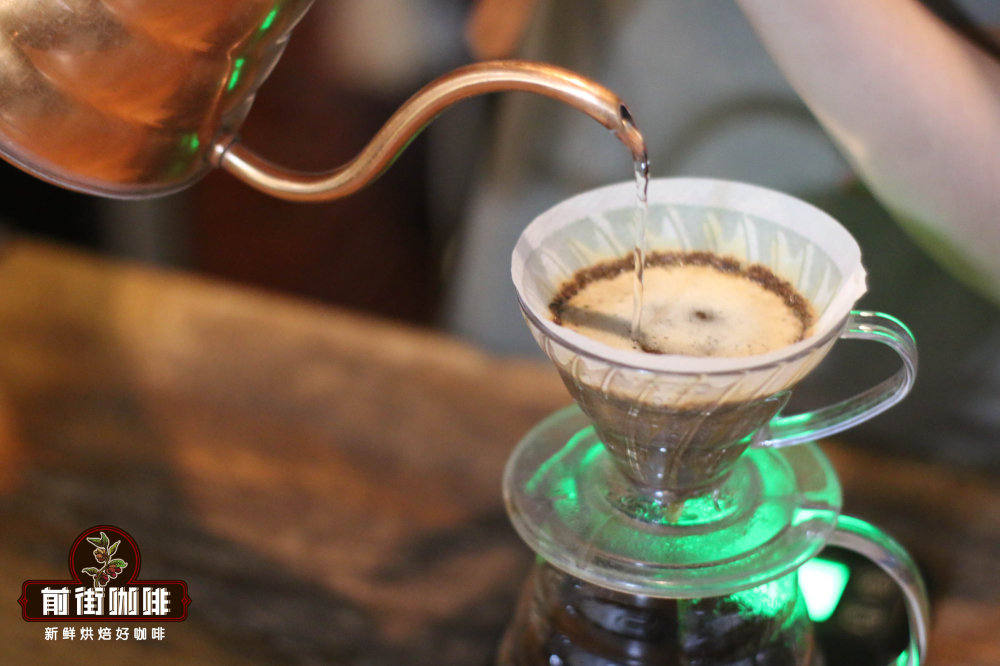
Three-stage water injection technique is used to improve the level of coffee: the first water injection is 30g and steaming for 30s; the second small amount of water is injected around 125g, waiting for the powder bed water to be half and then injected, and then the small amount of water is injected around 225g. After all the drip filtration is finished, the total extraction time is about 2 minutes and 10 seconds.
Important Notice :
前街咖啡 FrontStreet Coffee has moved to new addredd:
FrontStreet Coffee Address: 315,Donghua East Road,GuangZhou
Tel:020 38364473
- Prev
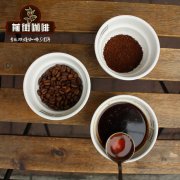
Yunnan small grain coffee how about Yunnan small grain coffee characteristics of Yunnan small grain coffee
Professional coffee knowledge exchange more coffee bean information Please follow the coffee workshop (Wechat official account cafe_style) A typical coffee farm in southwestern Yunnan has a layout of 5000 coffee trees per hectare growing in the sun in a plantation style. Catimor is the variety of choice for farmers in this area, because of its low susceptibility to disease, high yield and quick effect. Farmers.
- Next
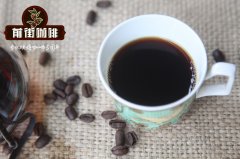
Characteristics of Papua New Guinea Coffee beans
Professional coffee knowledge exchange more coffee bean information please follow the coffee workshop (Wechat official account cafe_style) Papua New Guinea coffee is good, such as Arona or Sigri, mild, sentence-rich, sometimes earthy, with low to moderate acidity, distinguishes most Indonesian coffee, although usually unlike Indonesia or the aromatic Sulawesi Toraya, but sometimes better than Sulawesi coffee water.
Related
- Beginners will see the "Coffee pull flower" guide!
- What is the difference between ice blog purified milk and ordinary milk coffee?
- Why is the Philippines the largest producer of crops in Liberia?
- For coffee extraction, should the fine powder be retained?
- How does extracted espresso fill pressed powder? How much strength does it take to press the powder?
- How to make jasmine cold extract coffee? Is the jasmine + latte good?
- Will this little toy really make the coffee taste better? How does Lily Drip affect coffee extraction?
- Will the action of slapping the filter cup also affect coffee extraction?
- What's the difference between powder-to-water ratio and powder-to-liquid ratio?
- What is the Ethiopian local species? What does it have to do with Heirloom native species?

